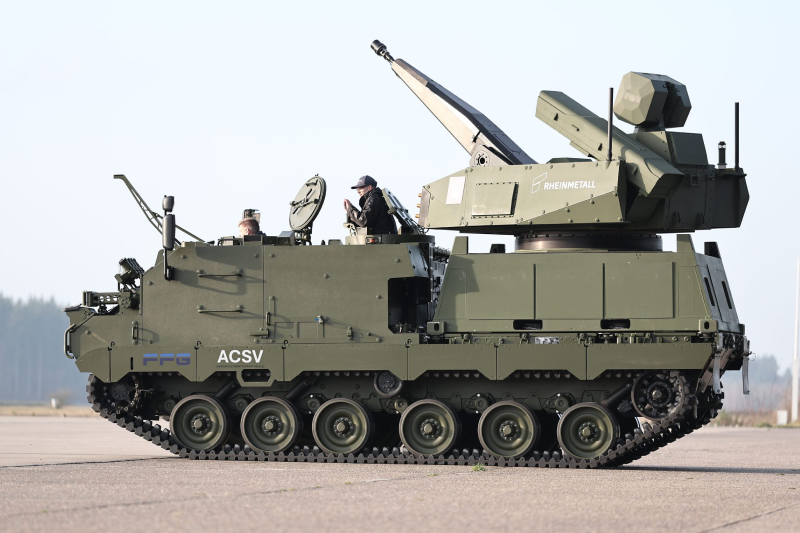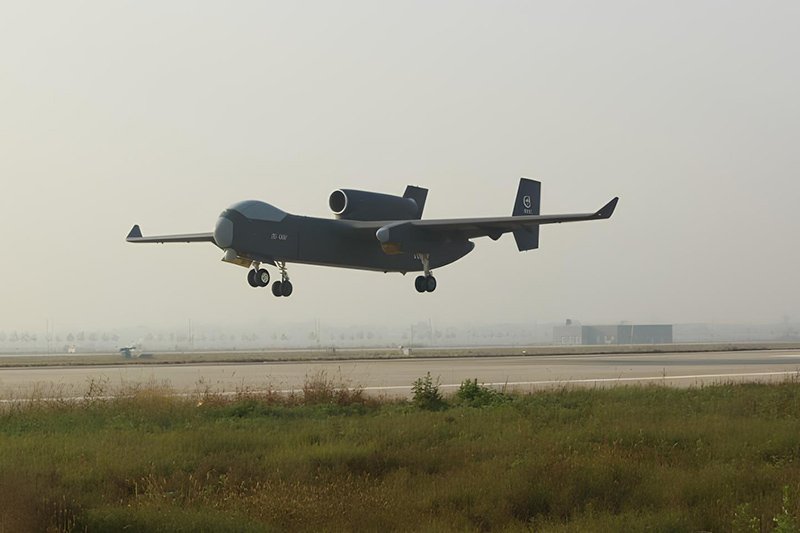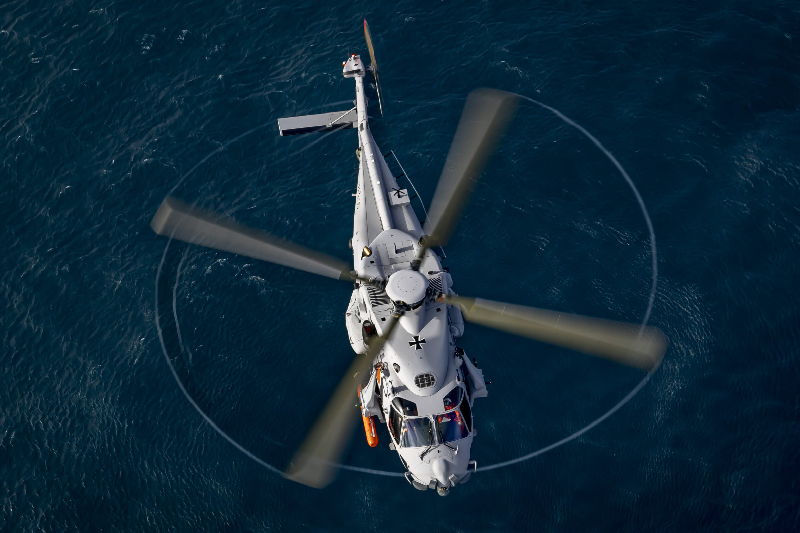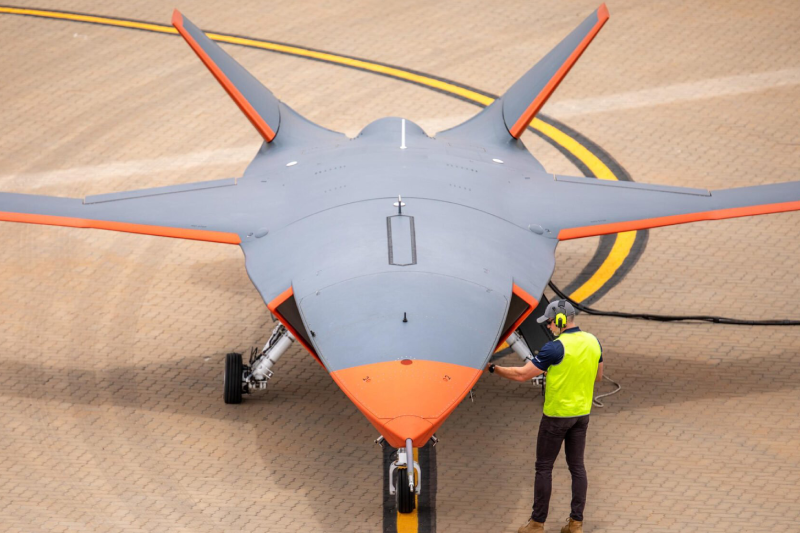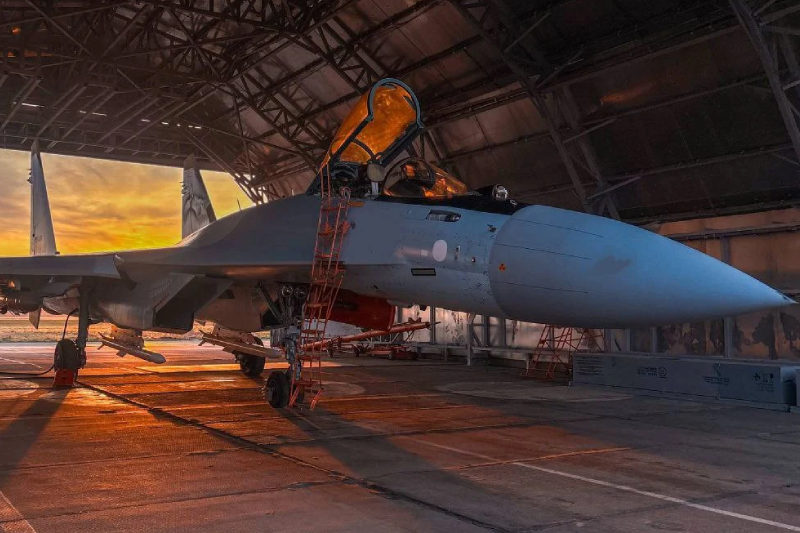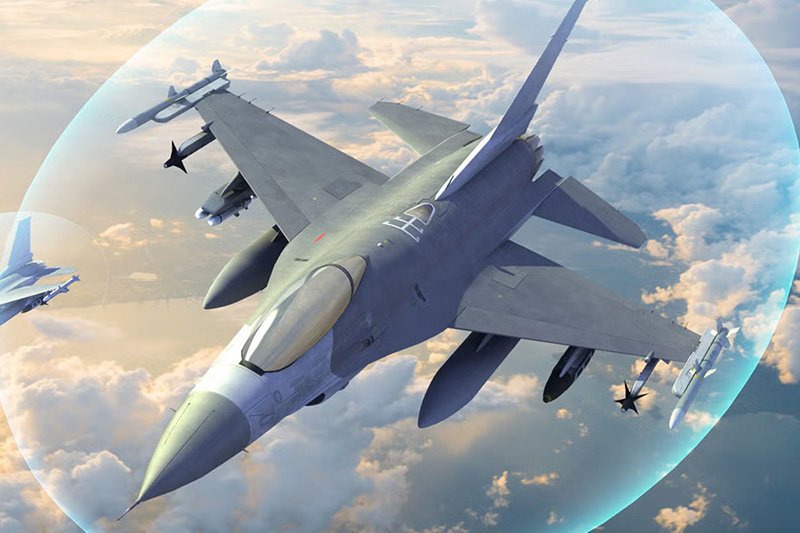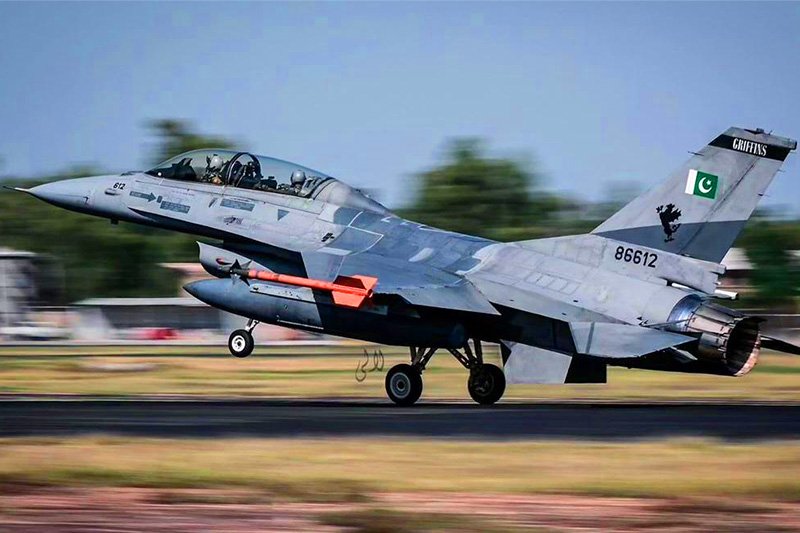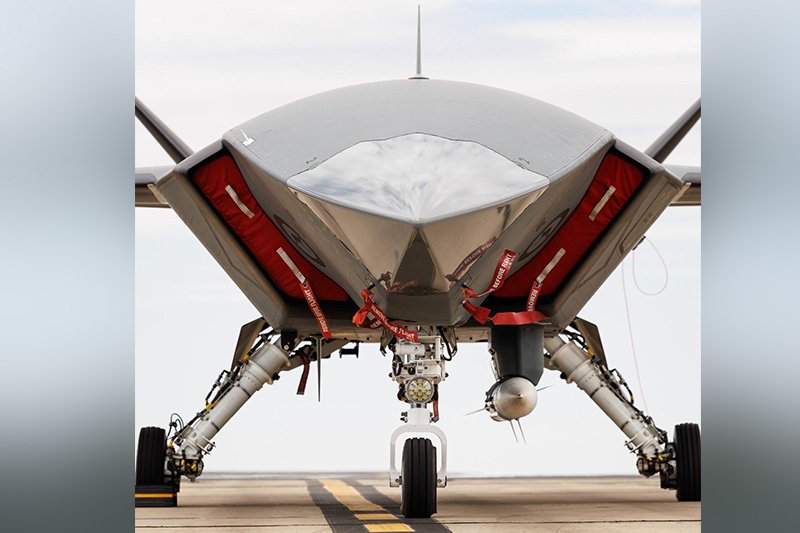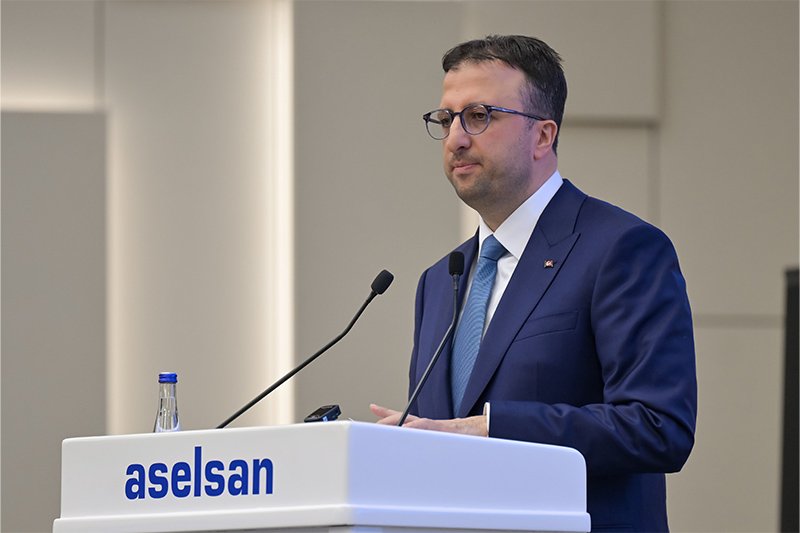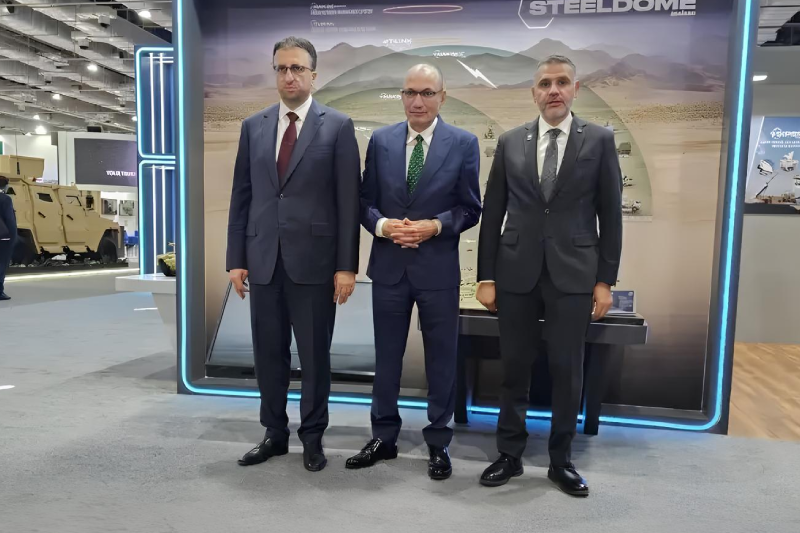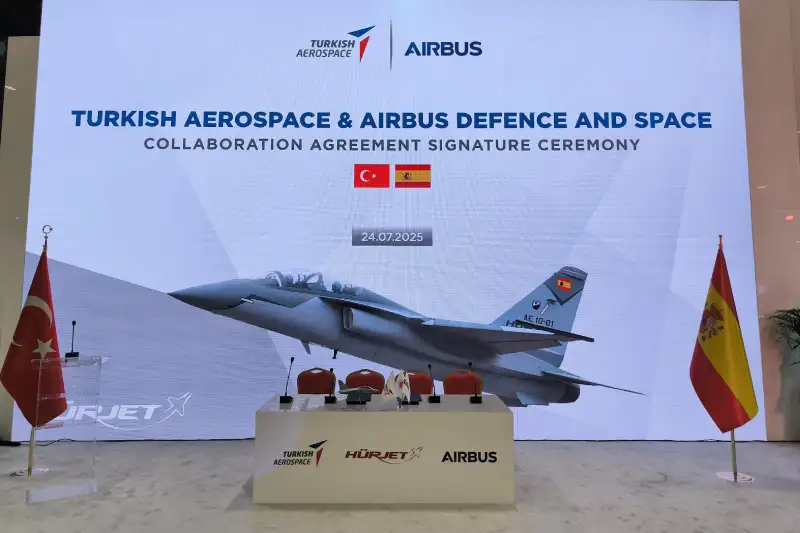Türkiye’s TAI and Airbus Sign Export Agreement for Hürjet Jet Trainer
TAI and Airbus sign export agreement for Hürjet Jet Trainer, marking a groundbreaking moment in international defense cooperation, as Turkish Aerospace Industries signed a strategic deal with the European aerospace giant Airbus at the International Defense Industry Fair (IDEF) 2025. This historic partnership accelerates the export of Turkey’s advanced jet trainer, Hürjet, while establishing a framework for long-term collaboration in the European defense market. TAI and Airbus sign export agreement for Hürjet Jet Trainer, demonstrating the growing global recognition of Turkish aviation engineering capabilities and paving the way for increased defense exports.
Strategic Partnership Framework
The comprehensive agreement between TAI and Airbus clarifies the distinct roles of both companies in the Hürjet project while formalizing their partnership in Spain’s jet trainer aircraft procurement process. This structured approach ensures optimal resource utilization and expertise sharing between the Turkish manufacturer and European aerospace leader.
The partnership represents more than a simple export transaction, establishing a foundation for sustained cooperation in the European defense industry. Both companies recognize the strategic value of combining TAI’s innovative engineering capabilities with Airbus’s extensive European market knowledge and distribution networks.
The collaboration framework positions both organizations to capitalize on emerging opportunities in the global trainer aircraft market while strengthening bilateral defense industry ties between Turkey and European Union member states.
Spanish Air Force Integration
The primary objective of this partnership focuses on expediting the incorporation of Hürjet aircraft into the Spanish Air Force’s operational inventory. Spain’s selection of the Hürjet demonstrates international confidence in Turkish aviation technology and the aircraft’s capability to meet modern military training requirements.
The agreement specifies the supply of up to 30 Hürjet aircraft to fulfill Spain’s jet trainer needs, representing a significant export success for Turkish defense industry. This substantial order volume validates the aircraft’s design specifications and operational capabilities while providing economies of scale for production.
The Spanish Air Force integration serves as a critical reference for future European customers, potentially opening additional market opportunities across NATO member countries seeking advanced pilot training solutions.
Timeline and Delivery Schedule
The partnership timeline includes signing the final sales contract by the end of 2024, with aircraft deliveries scheduled to commence in 2028. This structured timeline allows adequate preparation for production scaling, supply chain optimization, and training program development.
The delivery schedule provides sufficient lead time for Spanish Air Force preparation, including pilot training, maintenance infrastructure development, and operational integration planning. This methodical approach ensures smooth transition from existing training systems to the advanced Hürjet platform.
The timeline also accommodates potential customization requirements specific to Spanish operational needs while maintaining the core aircraft design integrity that has proven successful in testing and evaluation phases.
High-Level Executive Participation
The signing ceremony featured prominent participation from Haluk Görgün, head of the Presidency of Defense Industries (SSB), alongside senior executives from both TAI and Airbus. This high-level involvement underscores the strategic importance of the partnership for both Turkish and European defense interests.
TAI General Manager Mehmet Demiroğlu emphasized that this agreement represents another significant milestone in Hürjet’s European journey, highlighting the engineering excellence that Turkish aviation industry has achieved on the global stage.
The executive presence demonstrates institutional commitment to the partnership’s success while providing the authority necessary for rapid decision-making and problem resolution throughout the implementation process.

Fifth-Generation Fighter Training Capabilities
The Hürjet’s advanced design specifically addresses the critical need for training pilots destined for fifth-generation fighter aircraft operations. Its sophisticated avionics and user interface minimize the transition period required for pilots advancing to cutting-edge fighter platforms.
The supersonic advanced jet trainer incorporates modern training methodologies and technologies that prepare young pilots for contemporary fighter jet challenges. This capability addresses a growing global need as air forces worldwide transition to fifth-generation platforms.
Having completed over 210 flights and achieved supersonic speeds, the Hürjet aims for a maximum velocity of 1.4 Mach, demonstrating performance capabilities that closely replicate modern fighter aircraft operating parameters.
Innovative Training System Architecture
The state of the art Hürjet Training 360 System distinguishes itself through connected training architecture that integrates Embedded Training Systems with Ground-Based Training Systems. This comprehensive approach elevates training efficiency to superior levels compared to traditional training methodologies.
The connected architecture enables seamless data sharing between airborne and ground-based training components, providing instructors with comprehensive performance analytics and enabling personalized training progression for individual pilots.
This integrated approach reduces overall training time while improving skill acquisition and retention, resulting in better-prepared pilots and more efficient use of training resources.
Operational Efficiency Features
The Hürjet’s smart single-engine configuration delivers multiple operational advantages, including reduced fuel consumption, simplified maintenance procedures, and decreased spare parts requirements. These efficiency features translate to lower lifecycle costs for operating air forces.
The design philosophy prioritizes operational simplicity without compromising performance capabilities, ensuring that maintenance personnel can quickly master servicing procedures while maintaining high aircraft availability rates.
Lower operating costs make the Hürjet particularly attractive to air forces operating under budget constraints while requiring advanced training capabilities for pilot development programs.
European Defense Industry Impact
This partnership establishes TAI as a significant player in European defense markets while demonstrating Turkish aviation industry maturity and international competitiveness. The collaboration validates Turkey’s strategic position as a bridge between European and regional defense requirements.
The agreement creates precedent for future Turkish defense exports to European customers, potentially opening doors for additional TAI products and services across diverse aviation sectors.
Also read this: Turkish drone maker Baykar inks deal with Korean Air at IDEF 2025
Technological Achievement Recognition
Mehmet Demiroğlu’s comments emphasize that this strategic partnership with Airbus represents more than export success, serving as testament to the technological sophistication that Turkish aviation industry has achieved internationally.
The recognition from a global aerospace leader like Airbus validates years of investment in research and development, engineering excellence, and manufacturing capability that have positioned Turkey as a credible competitor in advanced aviation markets.
This technological achievement demonstrates Turkey’s successful transition from defense equipment importer to sophisticated defense technology exporter capable of meeting stringent international standards and operational requirements.
Join us on Facebook, Twitter, YouTube, Instagram, and TikTok for real-time coverage of defense events worldwide.
Discover more from International Defence Analysis
Subscribe to get the latest posts sent to your email.


